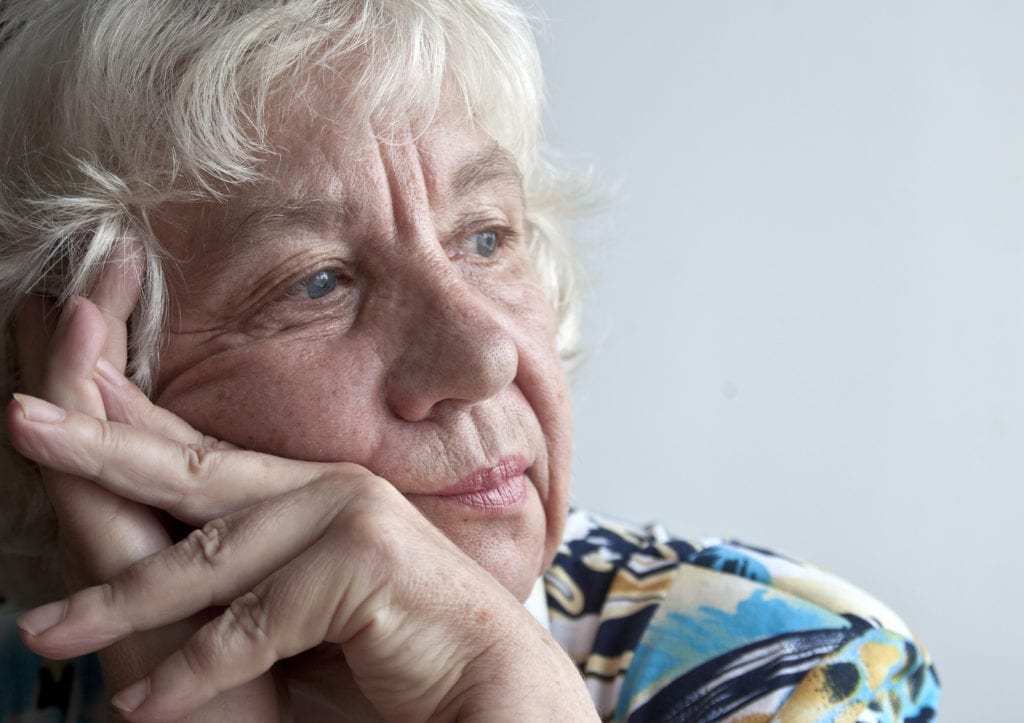Why a Downsizing Move is Unlike Any Other
By Deborah Moyer

Who loves moving?! Oh, come on! You know you LOVE having to wrangle a thousand little details like deciding what will fit in your new home, packing until your back breaks, trying to find a decent mover that won’t destroy your favorite things and my personal favorite, that mind numbing decision-making exercise – what to get rid of?
And that’s just the process of getting OUT of the house! Once you survive the first leg of torment moving out, you find yourself starting the whole process over again by having to move IN!
If you’ve done a lot of moving in your lifetime, I bet you cringed a little (or a lot) thinking back on all your previous moving experiences. It’s a big job! It takes physical strength, a biblical amount of patience, laser-sharp focus just to make sure you have all your bases covered and praying your stuff arrives, on time, where it’s supposed to.
Now, think about what you know about moving, then picture yourself down the road at the age of 85 with a heart condition, a bad back, jangly knees and the energy level of an ant.
Not only that, but you’re not leaving your home willingly. You’re upset because you’re unable to continue to care for yourself, a loved one or your home without significant risk. You’ve surrendered to the inevitable because your family insisted that you downsize to a smaller, more manageable home.
I had my first baptism-by-fire downsizing experience back in 2008, where I found out very quickly just how different a downsizing move is from any of the other types of moves a person does throughout the course of their life.
My mother and stepfather, both in their mid-80’s, had decided on their own that their 4,600 square-foot home was too much for them to manage. They wanted a smaller home with lower maintenance and no yard work. But, their idea of a “smaller” home turned out to be almost 3,000 square feet! I’ll give it them that it had less yard maintenance.
Even so, it meant they had to get rid of a LOT of stuff.
Both were seasoned move experts from moving many times throughout their lives. This wasn’t an issue of someone living in the same house their whole lives where you’d expect a person would have difficulty managing change.
So, this should be easy-peasy stuff, right? And wouldn’t it be easier to move knowing you’re taking a lot less of your things? Turns out it was one of the roughest experiences they had ever faced.
Why? Because after you’ve lived your life accruing memories, and the stuff that goes with them, it’s no small feat to then decide which precious item should go and which one stays.
The reality is that there are some very unexpected emotional and psychological challenges that evolve from a downsizing move making it unlike any other typical move a person makes in a lifetime.
Think about it. In most moves, a person is usually moving into a larger home or at least a lateral move of the same size. A larger home means there’s little decision-making required as to what will go. It’s ALL going! Bonus! Plus, you get to buy new things to fill in the gaps! Double bonus!
But, even with a moderate downsizing move, a lot of decision-making comes down to two things. 1) What will fit in the new abode and 2) how to determine which items the person actively uses in day-to-day living?
Unfortunately, it’s not as easy as it sounds when you consider the emotional attachment most of us have to our stuff. Suddenly EVERYTHING is important, even if you didn’t know it existed in your garage for the past 20 years.
The experience of downsizing has, unfortunately, gotten a bad rap for two reasons. First, there is an emphasis on the perception of loss.

No one wants to lose or get rid of things, even if they aren’t serving you. After all, it took time, money and effort to lovingly accrue each, and every, item in a home. For many, it ALL has value in their eyes, especially anyone coming from the hardship experiences of the Great Depression Era that many seniors still vividly remember.
The second reason Downsizing has gotten a bad rap is that it’s physically and emotionally overwhelming. People don’t know where to start. It’s somewhat like the old adage “How do you eat an elephant?”. Well, I’d like to add “…before it stomps on you” to that and only then you’ll get a better understanding of how people feel before downsizing.
Not only does an older individual not have the physical strength and energy of their younger years, they also tend to struggle with the cognitive focus to manage a lot of details and difficult decisions under pressure.
Other emotional side effects can also surface, including depression, reduced motor and cognitive skills, confusion or changes in eating and sleeping habits. There’s an actual medical term for it. It’s called “Relocation Stress Syndrome”. All of this generated from what a lot of people think is just ‘a little move’.
Until they go through it themselves either personally or with a family member.
Many times, I’ve worked with Baby Boomer adult children who have already gone through a downsizing move with their parents. For the reasons I’ve shared above, the experience was so profoundly stressful for the adult child, that they vowed to significantly move up their own downsizing plans just so they wouldn’t have to put their kids through the experience later in life.
This is where senior downsizing assistance is such a life-saver for seniors and their families. Downsizing specialists can bring in the proven processes, tools and experience to transform the move experience for their clients.

They also bring a unique level of patience and compassion in understanding their client’s overall experience: emotionally, physically and psychologically.
Expert Transitionists (Downsizing Specialists), are trained to navigate the inevitable family dynamic challenges and psychological influences during a downsizing move, so they can then reduce potential emotional trauma and stress, which allows their clients to regain a sense of control and confidence.
The key is training.
I’ve seen these benefits over the past 11 years with my own downsizing clients and it’s why I have been so passionate about creating the Downsizing Specialist training program at The Downsizing Institute.
If you have the heart and passion to serve your community, learn more about whether senior downsizing is the right career for you at www.thedownsizinginstitute.com. Our self-study online program is just weeks away now from becoming available to students who have a passion for service in their community.
In my next post, I’ll be sharing tips for those that might be facing a downsizing move in their own family that can save a lot of angst and stress. I hope to see you there!
Deborah
